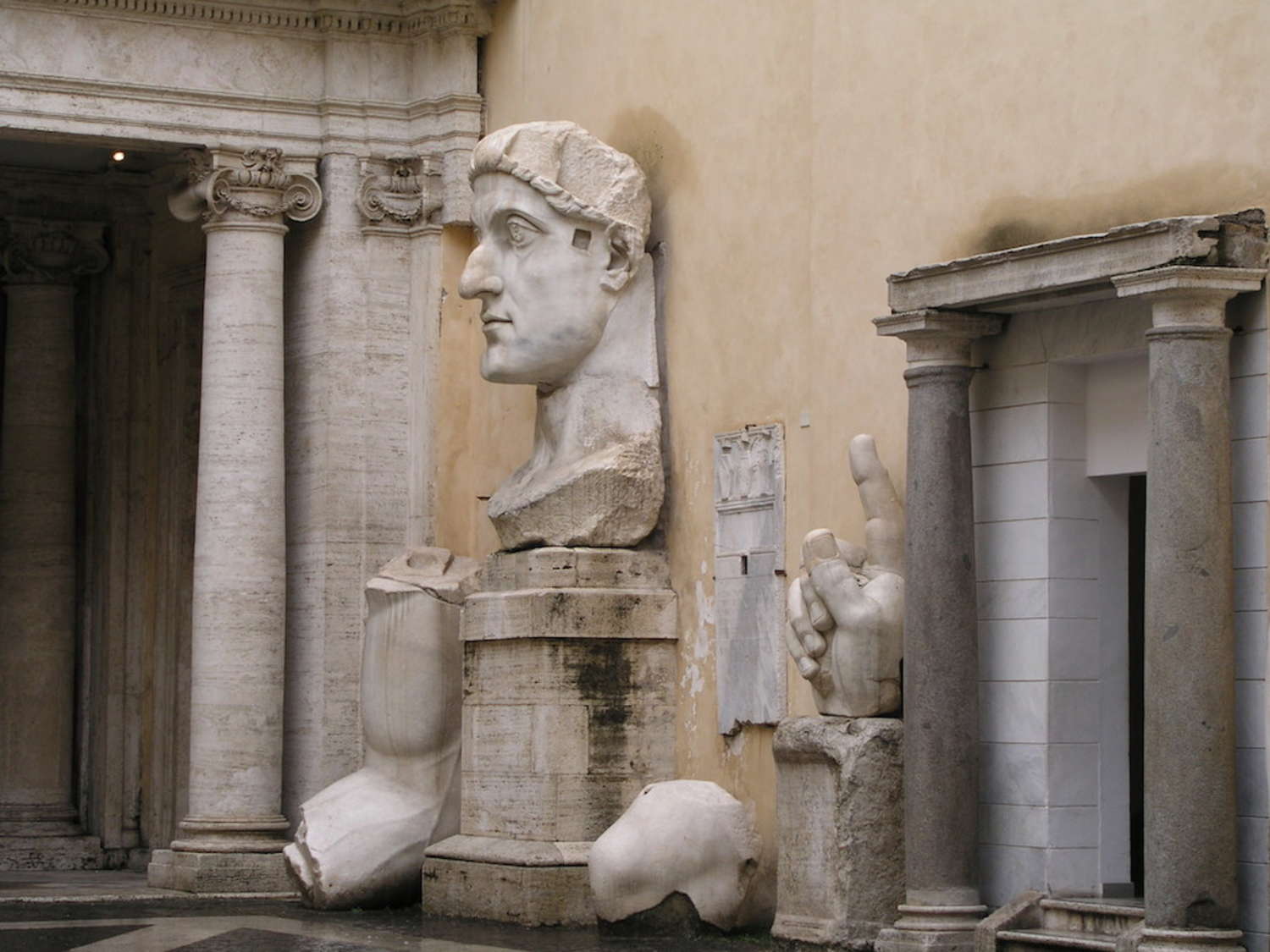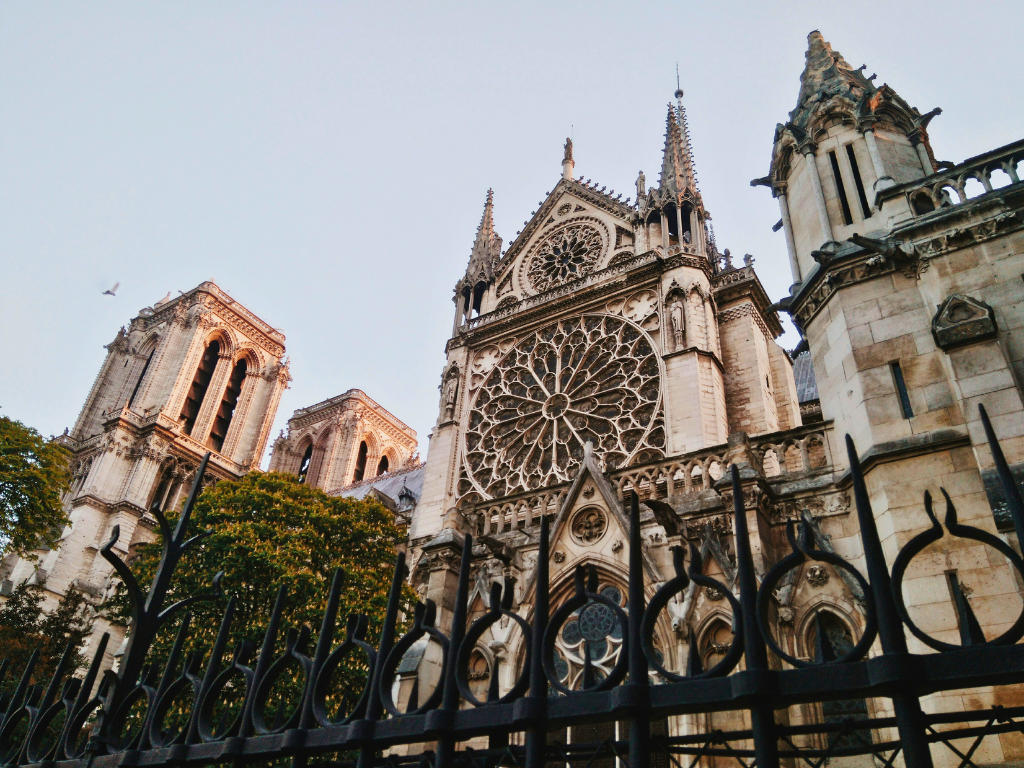When traveling to Italy, every tourist has their eye on the prize: seeing Picasso or Michelangelo’s work up close and personal. That means that the most popular museums, art galleries, and exhibits in Italy’s capital are flooded with people, no matter what day or time your visit. And while making your way through crowds of people may be the adventure you’re looking for (doubtful), it’s no way to enjoy Rome’s top art museums. Instead, follow these tips and tricks to get the most out of Europe’s finest sculptures, paintings, and other notable art pieces. Because let’s face it, the country’s most famous artists like Picasso and Michelangelo wouldn’t want you to waste time, money, or sanity to take in the Eternal City’s top sights.
Vatican Museums (Vatican City)
A trip to Italy isn’t complete without catching a glimpse of Michelangelo’s Sistine Chapel. In fact, 4 million people visit the chapel alone each year and 25,000 people visit the museum every single day. But if you look beyond the Sistine Chapel and the Pope, you’ll see that the Vatican is packed with tons of classical sculptures and Renaissance art. So much so, that there are actually more than 25 different rooms, chapels, and museums that make up the massive Roman structure. Known to house some of the best Rome art museums, this site is often one of the busiest (read: most crowded) in the city center. To avoid crowds—and see Michelangelo's work in peace—consider visiting from Tuesday to Friday because many tourists flock to the Vatican on the weekends (especially Sunday for obvious reasons) and Monday since most of the city’s museums are closed. If you visit on Wednesday morning, you might even spot the Pope in St. Peter’s square. And if you’re hoping to save a few extra bucks, visit on the last Sunday of each month to avoid paying an entrance fee.
Moving on from the logistics: While the Sistine Chapel might be the most popular spot, it’s often the grand finale of a Vatican visit. It’s recommended to allot three hours to look through the different exhibits—the Map Room and Rooms of Raphael are standouts—before heading to the chapel. Once you take in the beauty of the Chapel, take a secret passageway (the same ones that the Popes once used) straight into the Basilica to avoid heading back into St. Peter’s Square and dealing with crowds of people.
National Gallery of Modern and Contemporary Art (Galleria Nazionale d’Arte Moderna)
Even if you don’t have a lot of time to take in the museum’s impressive collection of 19th- and 20th-century Italian art, the magnitude and beauty of the National Gallery of Modern Art is an experience in itself. Located next to the Villa Borghese park, this Rome art museum is housed in the Palazzo delle Belle Arti. Unlike other spots in the city, visitors rave that this museum is one of the most spacious in Rome a.k.a. a tourist’s dream. Since the art is organized by theme, not chronology, you’re able to connect the dots between one artist’s different works—Vincent van Gogh and Claude Monet, for example—allowing you to dig even deeper into previous centuries. The best part: there isn’t one way to enjoy the art. You can take whatever route you like and spend as much time as you’d like at each piece (Visitors recommend spending at least two hours in the museum.) Before heading out—or if you’re feeling peckish halfway through—stop by Caffe delle Arti for a coffee, glass of wine, or light bite before moving on.
Borghese Gallery (Galleria Borghese)
Its name might not bear as much weight as The Vatican, but this museum inside the Villa Borghese park is an institution that shouldn't be missed. To keep crowds under control, the museum requires visitors to purchase tickets that fall under a two-hour window (9 - 11 a.m., for example), which means you only have two hours to look at everything the museum has to offer. That’s plenty of time, though: even though the museum itself isn’t that grandiose, there are artistic details everywhere you turn, from the floor mosaics of gladiators to the eye-catching pink marble walls. While Gianlorenzo Bernini's sculpture of David and Canova’s sculpture of Paolina Borghese by Canova are the main attractions, there’s also a lot of beauty surrounding the actual museum. Depending on the time of year you visit, consider taking a stroll through the Villa Borghese to get a dose of fresh air and escape from the city’s hustle and bustle.
Capitoline Museums (Musei Capitolini)
Considered the world’s first public museum, this Rome art museum boasts a large collection of medieval and Renaissance art, including sculptures, frescoes, and paintings. Although it’s ultimately one collection of art, the pieces are housed in two separate buildings. Start your tour with Palazzo dei Conservatori (the building to your right), which is home to the ornate Hall of Tapestries and numerous bronze statues donated by Pope Sixtus IV. Before heading straight to Palazzo Nuovo, which features the Great Hall lined with rows of marble statues, see what’s below the surface by taking the underground tunnel called Underground Galleria Lapidaria. The tunnel leads to the best view of all: the Roman Forum and the surrounding ancient ruins. Whatever you do, don’t get swept so up in the sculptures that you forget to take in this picturesque view of the city.
Centrale Montemartini
Considered one of the city’s hidden treasures, this Roman art museum is smaller in scale than the other spots on this list but still packs the same art-filled punch. A great option for modern art lovers or photographers looking for a short (but sweet) museum visit, this unique location ties together engineering and heavy machinery (think: power plants) with sculptures and rare goods from the Italian excavations in the late 1800s and early 1900s. In fact, the museum is actually a restored power plant so, you’ll see historic marble sculptures set against an iron backdrop. Since it’s off the beaten path—don’t worry, it’s a quick bus ride from Campidoglio!—you’ll also get a more authentic view of the country’s culture and history away from tourist traps and overpriced souvenirs. Plus, the museum’s theme of “the machines and the gods” provides a well-rounded view of Italy’s complex history with an importance on industrial machinery, Roman frescoes, and breathtaking statues.
Ready to check out one—or all!—of Rome’s art museums? Our private tour opportunities will help you plan your Italian vacation, making everything seamless, simple, and totally stress-free. Contact us today to get the conversation started. Saluti!
Want to learn with a true expert? Get a comprehensive view with one of Context's private or small group tours in Rome!













